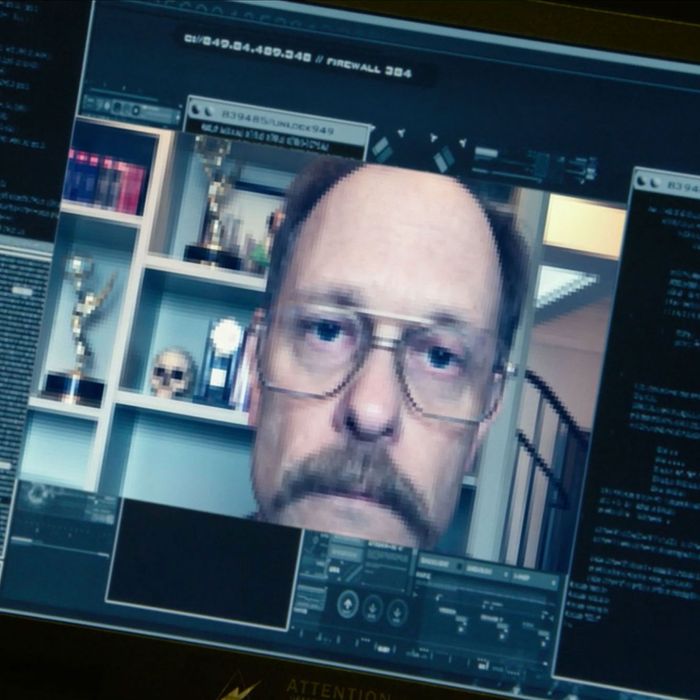- Welcome to Cook'd and Bomb'd.
-
 Scotland abandons 75% 2030...
by ajsmith2
Scotland abandons 75% 2030...
by ajsmith2
[Today at 01:12:19 PM] -
 Gig 'Whores : A New Hope
by king_tubby
Gig 'Whores : A New Hope
by king_tubby
[Today at 01:10:05 PM] -
 Is this shit?
by Humper
Is this shit?
by Humper
[Today at 01:09:25 PM] -
 watching The Sopranos for...
by perplexingprocrastinator
watching The Sopranos for...
by perplexingprocrastinator
[Today at 01:08:42 PM] -
 Shit films you have a fascination...
by The Mollusk
Shit films you have a fascination...
by The Mollusk
[Today at 01:08:38 PM] -
 Reasons why I want to obliterate...
by Icehaven
Reasons why I want to obliterate...
by Icehaven
[Today at 01:08:09 PM] -
 Wrasslin' Talk: Punk out
by Old Thrashbarg
Wrasslin' Talk: Punk out
by Old Thrashbarg
[Today at 01:04:26 PM] -
 Is Cancel Culture Over?
by Zetetic
Is Cancel Culture Over?
by Zetetic
[Today at 12:56:58 PM] -
 The Beatles are fucking good....
by ros vulgaris
The Beatles are fucking good....
by ros vulgaris
[Today at 12:53:48 PM] -
 Fallout 4 free update coming...
by oggyraiding
Fallout 4 free update coming...
by oggyraiding
[Today at 12:52:39 PM]
Members
 Total Members: 17,827
Total Members: 17,827 Latest: skinnylike
Latest: skinnylike
Stats
 Total Posts: 5,583,664
Total Posts: 5,583,664 Total Topics: 106,747
Total Topics: 106,747 Online Today: 1,104
Online Today: 1,104 Online Ever: 3,311
Online Ever: 3,311- (July 08, 2021, 03:14:41 AM)
Users Online
 Users: 112
Users: 112 Guests: 803
Guests: 803 Total: 915
Total: 915 bluestar
bluestar burst_arm
burst_arm ajsmith2
ajsmith2 biggins chris
biggins chris Speak
Speak Senior Baiano
Senior Baiano Gambrinus
Gambrinus Theotherside
Theotherside JesusAndYourBush
JesusAndYourBush philm
philm sirgerald
sirgerald Rolf Lundgren
Rolf Lundgren Wentworth Smith
Wentworth Smith matjam13
matjam13 Heid The Baw
Heid The Baw Shaxberd
Shaxberd daf
daf BeardFaceMan
BeardFaceMan seepage
seepage RHX
RHX Gob Shine Algorithm
Gob Shine Algorithm Rankersbo
Rankersbo Cuntbeaks
Cuntbeaks JacksonBarnacle
JacksonBarnacle Dandy21
Dandy21 amputeeporn
amputeeporn mikeslaughter
mikeslaughter Sweetbulbs
Sweetbulbs Bellalunaesme2
Bellalunaesme2 KaraokeDragon
KaraokeDragon chuckles
chuckles Schrodingers Cat
Schrodingers Cat perplexingprocrastinator
perplexingprocrastinator Wezzo
Wezzo Dr Marbles
Dr Marbles Benga Zara
Benga Zara famethrowa
famethrowa StooeyGK
StooeyGK David Pielingtonburygrot
David Pielingtonburygrot Sonny_Jim
Sonny_Jim batwings
batwings DelurkedToHelp
DelurkedToHelp Better Midlands
Better Midlands Adlopa
Adlopa Urinal Cake
Urinal Cake frajer
frajer Moj
Moj GMTV
GMTV Brigadier Pompous
Brigadier Pompous Mr Vegetables
Mr Vegetables Underturd
Underturd Dr M1nx PhD
Dr M1nx PhD sarahzxcv
sarahzxcv iamcoop
iamcoop Xander
Xander edwardfog
edwardfog dazed_and_bemused
dazed_and_bemused brebsy
brebsy Old Thrashbarg
Old Thrashbarg Mr Padgett
Mr Padgett Ruben Remus
Ruben Remus brat-sampson
brat-sampson paddy72
paddy72 Zetetic
Zetetic g0m
g0m ros vulgaris
ros vulgaris Stoneage Dinosaurs
Stoneage Dinosaurs xtvkvp
xtvkvp sardines
sardines Langdale
Langdale Puffin Chunks
Puffin Chunks Alberon
Alberon Lordofthefiles
Lordofthefiles horse_renoir
horse_renoir Blumf
Blumf Red Lantern
Red Lantern Simply_The_Bestest
Simply_The_Bestest Kankurette
Kankurette FredNurke
FredNurke Ron Maels Moustache
Ron Maels Moustache oilywater
oilywater JaDanketies
JaDanketies Chudraa
Chudraa Gulftastic
Gulftastic Poobum
Poobum Calpurnia
Calpurnia robcookd
robcookd Twilkes
Twilkes Butchers Blind
Butchers Blind Elderly Sumo Prophecy
Elderly Sumo Prophecy
